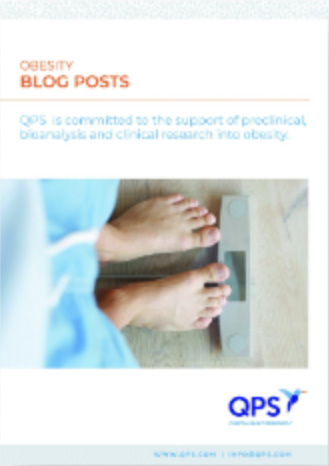Lurking among the vast genetic holdings of the UK Biobank data, researchers uncovered a potential gem — a gene variant linked to cardiometabolic health. Conditions such as heart disease, diabetes and stroke come under the umbrella of cardiometabolic disease, which is collectively the leading cause of death in the world. The newly identified INHBE gene variants have been found to be associated with positive cardiometabolic traits and reduced risk of cardiovascular disease and type 2 diabetes.

As reported in Nature Communications, researchers identified the variants using sequencing data from more than 360,000 people in the UK Biobank. The study, led by Alnylam Pharmaceuticals, originated from a larger UK Biobank-Biopharma collaboration that also includes Regeneron, AbbVie, AstraZeneca, Biogen and Pfizer, in which the biopharmas plan to sequence the exomes of all UK Biobank volunteers. Alnylam intends to target the gene and its product, activin E, using its RNA interference (RNAi) technology.
Paul Nioi, who leads Alnylam’s discovery and translational research program, said in a press release that, “There is a well-established causal link between increased waist-to-hip ratio and a person’s risk of cardiometabolic conditions. By exploring the genetic determinants of waist-to-hip ratio in this study, important insights into the mechanisms that contribute to body fat distribution were uncovered helping identify potential therapeutic targets for abdominal obesity, like INHBE. The results of this exome-wide analysis suggest that targeting INHBE is predicted to have broad beneficial effects on all facets of metabolic syndrome with potential reductions in the risk of type 2 diabetes and coronary heart disease. We are currently testing this hypothesis, with the goal of pursuing a development candidate targeting INHBE in the near future.”
Genetic Link to Abdominal Fat and Metabolic Disease
The researchers demonstrated that people with predicted loss of function INHBE variants (1 in 587 individuals) scored lower on a surrogate measure for abdominal fat known as waist-to-hip ratio adjusted for body mass index (WHRadjBMI). They also had a favorable metabolic profile marked by decreased triglycerides, increased high-density lipoprotein cholesterol, and decreased fasting glucose. There was no association with BMI, but they did have less abdominal fat than others, suggesting a role for INHBE in fat distribution. WHRadjBMI was positively associated with risk for type 2 diabetes and coronary heart disease.
INHBE is predominately expressed in the liver. It encodes a secreted protein, the hepatokine activin E, which likely exerts its effects in fat tissues. In vitro analysis of the most common INHBE loss of function variant in the study found it resulted in an 90% reduction in secreted activin E levels.
The authors of the paper note that, “Importantly, by reducing abdominal fat, drugs targeting INHBE would have a distinct biological mechanism to existing drugs for [coronary heart disease] and [type 2 diabetes] and may complement current therapies.”
RNA Interference and Disease Prevention
RNAi “interferes” with gene expression with the goal of disease prevention. Drugs that harness RNAi deliver customized small interfering RNAs (siRNAs) that precisely target disease-causing messenger RNA and the proteins they produce.
Alnylam currently has RNAi candidates in the pipeline targeting hypertension and non-alcoholic steatohepatitis, a cardiometabolic disease in which fatty tissue builds up in the liver, causing damage and inflammation.
An Expanding Anti-Obesity Arsenal
The Alnylam announcement comes amid promising news of other drugs to reduce obesity and improve metabolic health. These include Novo Nordisk’s semaglutide, originally approved to treat type 2 diabetes, which received approval as an obesity drug in 2021. In addition, type 2 diabetes drug tirzepatide from Eli Lilly continues to show positive results in clinical trials. The drugs belong to a class of injectable drugs that mimic a hormone called glucagon-like peptide-1 (GLP-1).
As researchers continue to develop long-sought therapies to help people improve their metabolic health and reduce weight gain, new approaches will likely come from a variety of unexpected directions.
Did you enjoy this blog post? Check out our other blog posts as well as related topics on our Webinar page.
QPS is a GLP- and GCP-compliant contract research organization (CRO) delivering the highest grade of discovery, preclinical and clinical drug research development services. Since 1995, it has grown from a tiny bioanalysis shop to a full-service CRO with 1,100+ employees in the U.S., Europe and Asia. Today, QPS offers expanded pharmaceutical contract R&D services with special expertise in neuropharmacology, DMPK, toxicology, bioanalysis, translational medicine and clinical development. An award-winning leader focused on bioanalytics and clinical trials, QPS is known for proven quality standards, technical expertise, a flexible approach to research, client satisfaction and turnkey laboratories and facilities. Through continual enhancements in capacities and resources, QPS stands tall in its commitment to delivering superior quality, skilled performance and trusted service to its valued customers. For more information, visit www.qps.com or email info@qps.com.







